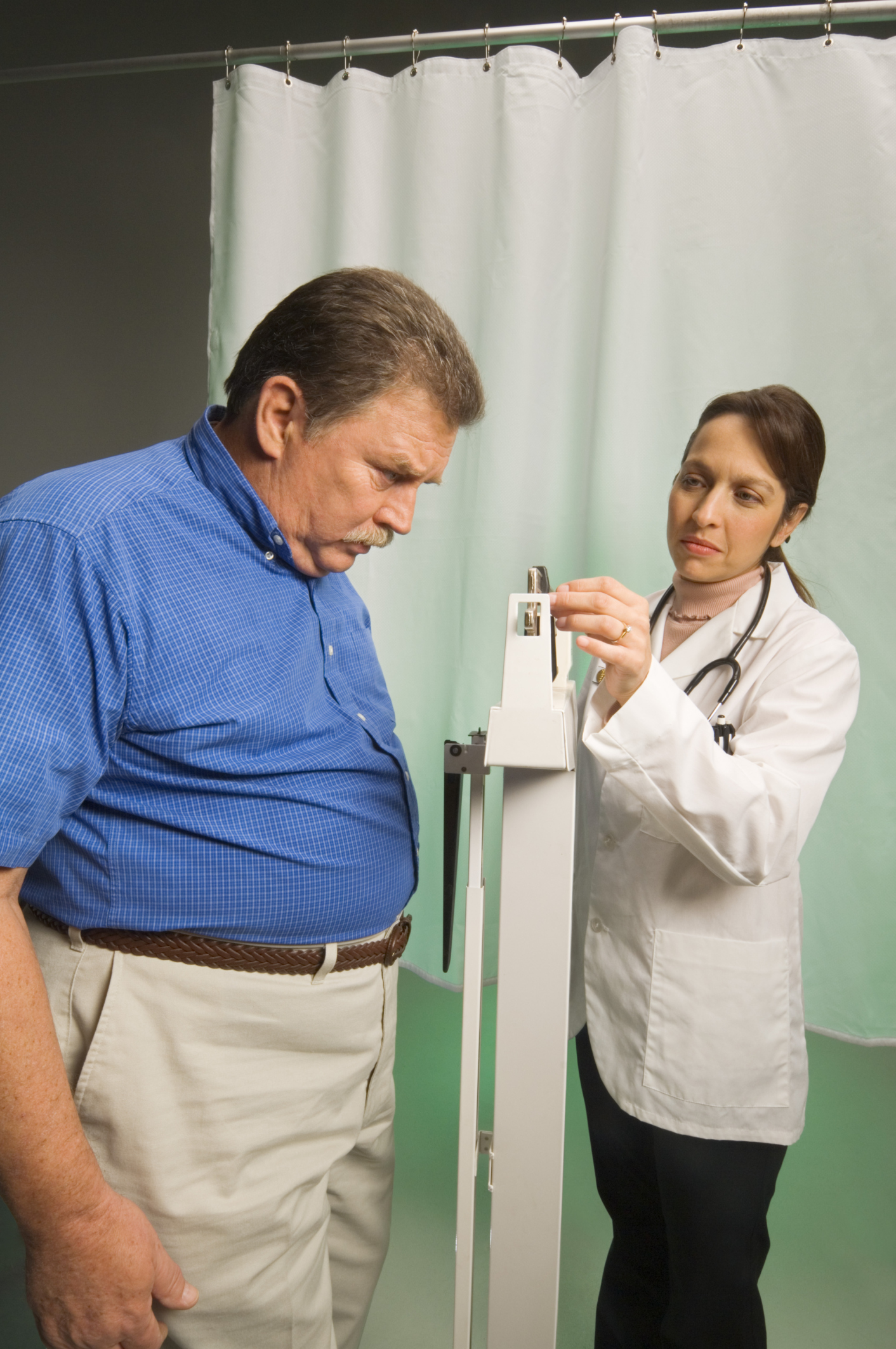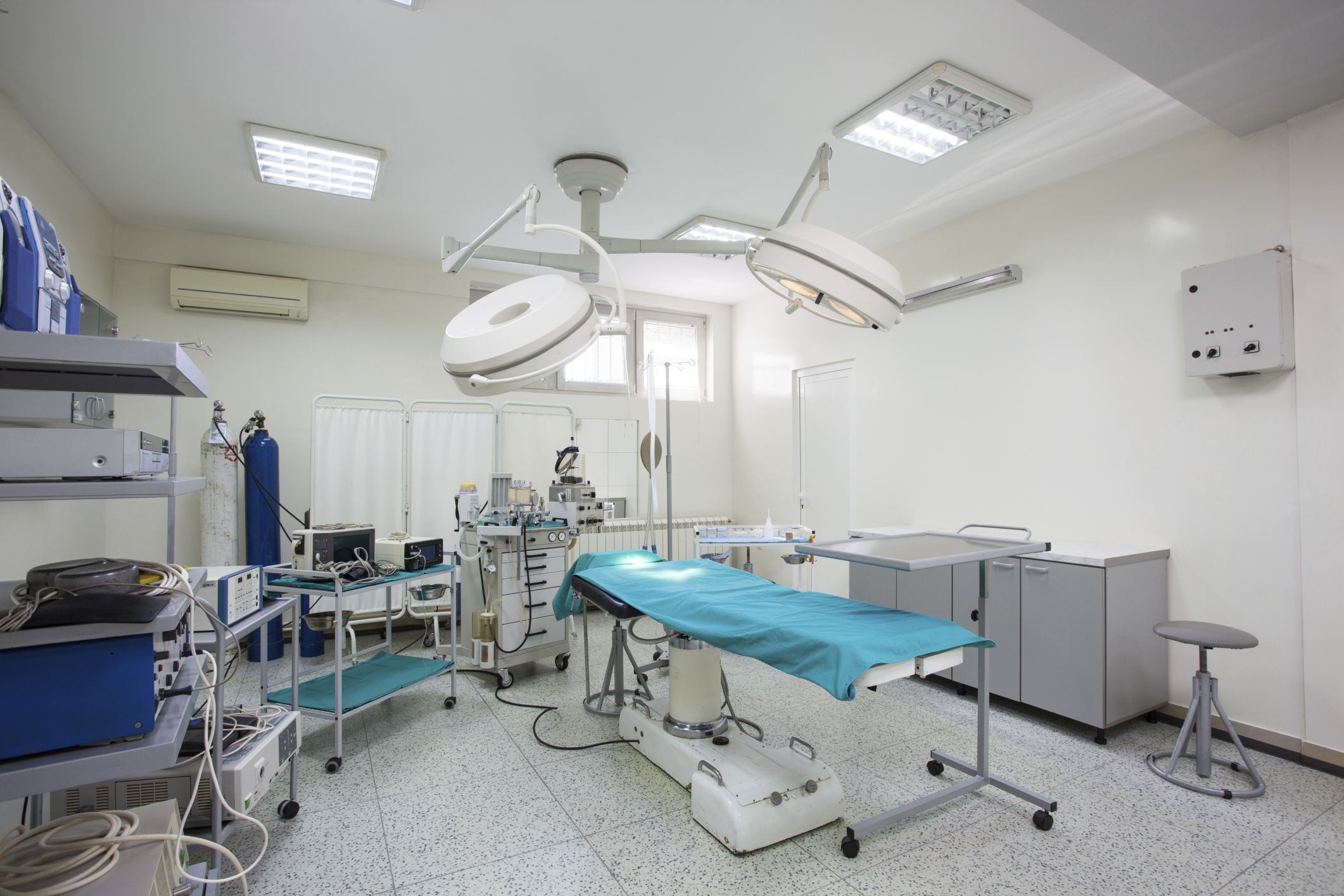
Many choices, compromises, and controversies remain in the management of patients undergoing total knee arthroplasty (TKA). In a session at the AAOS 2018 Annual Meeting, several speakers discussed and debated the latest trends and topics surrounding TKA. This is a highlight of some of the discussions.
Thomas Sculco, MD, Surgeon-in-Chief Emeritus and attending orthopedic surgeon at Hospital for Special Surgery in New York, began the symposium by discussing his opposition to outpatient TKA care. The direction in healthcare is moving toward quicker discharge, which is driving TKA to become an ambulatory procedure, he said. This is preferred by younger patients, and there is better pain control and accelerated pathways to rehabilitation. There are also economic drivers of this outpatient practice: “The insurance industry is pushing everything away from the hospital setting,” said. Dr. Sculco.
Currently, less than 5% of TKAs are performed on an ambulatory basis, but this may increase as time goes on, Dr. Sculco predicted. He cautioned that TKA is not total hip arthroplasty—there is more pain, rehabilitation is more difficult, and range of motion is harder to achieve.
The key patient population that would be best candidates for outpatient TKA are those who are younger, male, have a body mass index (BMI) of less than 30 to 35 kg/m2, have minimal comorbidities, are motivated and active, and have a good home support system.
He noted that in November 2017, the Centers for Medicare & Medicaid Services complicated the matter when the organization removed TKA from the list of inpatient-only procedures, which created pressure to move these patients into the outpatient setting. In addition, Medicare Advantage plans are pushing for outpatient TKA procedures.
A position statement released this year by the American Association of Hip and Knee Surgeons noted, “It is reasonable to expect that the vast majority of patients should be related, by default, as qualifying for inpatient designation.” And Dr. Sculco said, “I believe that very strongly.”
“Ambulatory TKA has a role, but a very limited one,” he concluded.
Michael E. Berend, MD, of Franciscan Health in Indianapolis, Indiana, argued Dr. Sculco’s point, saying that outpatient TKA is “here and now.” He said 60% of knee-related procedures do not need to be conducted in a hospital setting, despite fears and anxiety surrounding the operation, risk of comorbidities, and side effects.
“Change is difficult for the entire system,” he said. “I found that in my practice, this was safe and efficient in the outpatient setting. Reconsider your protocol. We made preoperation education available online and open to patients.” He suggested developing a program to eliminate the “need” for inpatient TKAs using education, identifying appropriate patients for the outpatient procedure, and mitigating side effects.
“Patient satisfaction has been exceptional with outpatient TKA,” he said, noting that patients enjoy not being institutionalized. “The time to shift is now.”
Craig J. Della Valle, MD, of Midwest Orthopaedics at Rush in Chicago, Illinois, continued by discussing risk factors associated with TKAs, noting that many of the risk factors are related to the “problem set that patients bring to us,” he said.
He highlighted three important risk factors: obesity, diabetes, and smoking status. “Obesity is the most common in my office,” said Dr. Della Valle, noting that the complication rate goes up “pretty substantially” as BMI increases. He said that losing weight is a long-term project for most patients that is challenging to achieve and maintain. He recommended mandatory nutritional consultation for patients with a BMI greater than 40 kg/m2 and a consultation with a bariatric surgeon if the BMI is greater than 50 kg/m2. He also noted the need for a nutritional status, as multiple studies show that hypoalbuminemia is a risk factor for complications in geriatric hip fracture.
Diabetes is associated with other risk factors, including obesity. He questioned whether there should be a hemoglobin A1c “cutoff” preventing TKA, and if so what it should be. “Some patients cannot achieve a decrease [in HbA1c] that many would consider appropriate prior to surgical intervention,” he said.
Lastly, Dr. Della Valle said that quitting smoking is the No. one thing a patient can do to improve their health, as there is level one evidence that cessation reduces complications. “As orthopaedic surgeons, we have the unique opportunity to change patient behavior,” he said.
“Risk factor modification has become integral,” he said, “but…we need help from general practitioners. Nurses or primary care navigators are helping to optimize our patients, as it is tough for us to do it alone.”
Next, Richard Iorio, MD, of New York University Langone Orthopedic Hospital, and Jay R. Lieberman, MD, of Keck Medicine of University of Southern California in Los Angeles, debated total joint arthroplasty (TJA).
Dr. Iorio remarked, “Maybe there’s a few people we shouldn’t operate on,” as TJA can have unfavorable outcomes. Often, patients being operated on are sick, with various comorbidities and are at increased risk of hospital readmissions and increased length of stay, he noted. “The more severe the risk factors, the more expensive the readmission costs,” he said, noting that identifying and modifying risk factors is critical to deciding whether a patient should move forward with joint replacement surgery. “It is unsustainable to allow patients with a high comorbid burden to move forward with TJA,” said Dr. Iorio. He questioned whether getting patients’ “skin in the game” and requiring them to modify risk factors would improve outcomes.
On the other hand, “All patients deserve to have TJA, but there needs to be some patient optimization, as TJA improves patient quality of life,” said Dr. Lieberman. Medical optimization is a reasonable and appropriate approach to reducing complications, he said. “It is essential to limit complications, but we don’t want to limit patient access,” Dr. Lieberman concluded.
Mark W. Pagnano, MD, of the Mayo Clinic in Rochester, Minnesota, then discussed pain management after knee surgery, advising the audience to “get ahead and stay ahead” of pain and nausea. A coordinated plan is needed preoperation, intraoperation, and postoperation, as well as at discharge. A good plan is multimodal, preemptive, and minimizes the use of opioids, said Dr. Pagnano.
John J. Callaghan, MD, of the University of Iowa Orthopaedics & Rehabilitation in Iowa City, Iowa, and Keith R. Berend, MD, of Joint Implant Surgeons in New Albany, Ohio, then debated partial knee arthroplasty. Dr. Callaghan argued against this procedure, noting that survivorship of unicompartmental knee replacement declines with age, and revision is required for disease progression. The number of these procedures being performed has gone down in United States, as there are higher rates of revisions with unicompartmental knee arthroplasty (UKA) compared with TKAs. There are also more predictable outcomes and better survival with TKAs, he said. Dr. Berend said that almost 50% of UKA candidates have arthritis, and a diagnostic criterion for UKA is anteromedial arthritis. “You have to look for the right disease and know who you’re doing [the procedure on],” he said. “Do more, not less, in order to get better results.”







 © 2025 Mashup Media, LLC, a Formedics Property. All Rights Reserved.
© 2025 Mashup Media, LLC, a Formedics Property. All Rights Reserved.